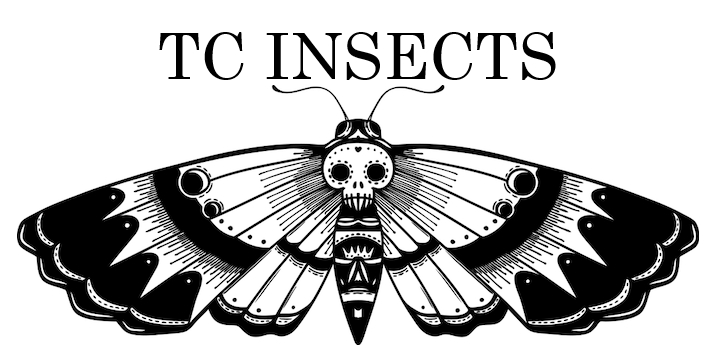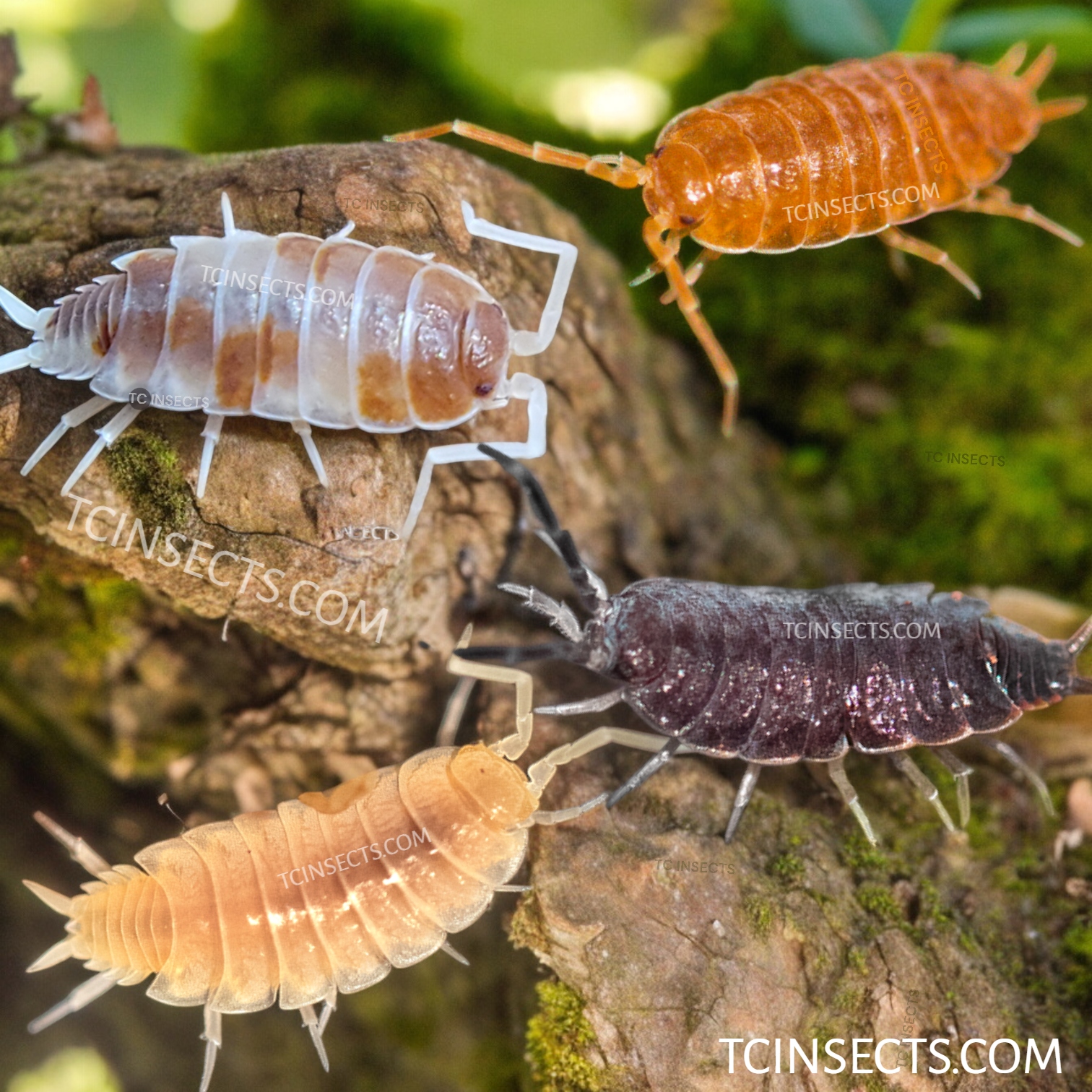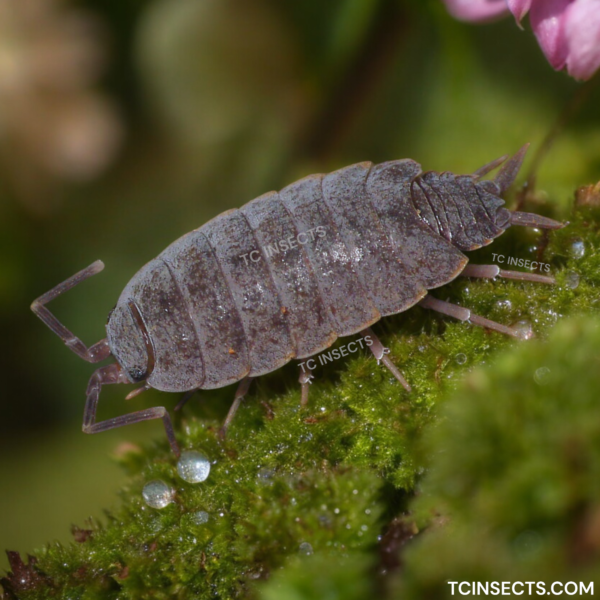Porcellionides Pruinosus “Powder Mix”
Overview
Pronounced: (Por-cellion-ides) | ( Pru-eh-nosus)
Care Level: Beginner
We have Porcellionides Pruinosus Isopods for sale, bred from a mother culture started in 2017. P. Pruinosus morphs tend to be extremely prolific when given the right husbandry. This species is hardy and able to survive in a wide variety of environments. From Semi-Arid to Tropical conditions there is not much Powder Isopods can’t tolerate. The wide environmental range of this species makes it an ideal candidate for bioactive terrariums.
Appearance and Size
Adult Size: 1-1.25 cm
Reproductive Rate: Very High
Porcellionides Pruinosus isopods tend to have a white powdery coat over their base color. This species is one of the fastest species of isopods. Lift up a leaf or log and watch them scramble back to hiding. Being Diurnal and very active on the surface, the Powder species makes a great candidate for a display vivarium. Their exoskeletons are soft to the touch, making them an excellent occasional snack. The large variety of sizes ranges from Mancae to adult gives many options when using them as a food source for different species. During Hurricane Harvey, our founder kept his collection of Panther Chameleon Juveniles alive on calcium-dusted Powder Isopods for an entire 2 weeks before life returned to normal.
“Powder Orange” Isopods Care
Powder Orange Isopods Husbandry:
Temperature: 70-85
Humidity: 45-80%
Powder isopods can easily withstand the cool temperatures of a dart frog enclosure or the heated enclosure of a bearded dragon. Add them to animal habitats to clean messes you would rather not clean. Because this species is incredibly fond of feces from multiple species, making them an eager tank janitor. When kept with other animals make sure that your isopod colony is fed supplemental food.
Isopod Container Habitat: For display, a ventilated acrylic or Glass Enclosure is recommended. An economic option is a plastic container but lacks visibility and aesthetics.
Powder Orange Isopods Diet
- Fiber-Based: Decaying Hardwood (non-pine), Leaf litter, Magnolia Pods
- Vegetable-Based: Freeze Dried Peas/Beans, Mushrooms, sweet potato
- Protein-Based: Yeast, Shrimp Meal/Pellets, Insect Frass (they love it!)
In our store, you will find Springtail Feed which is high in nutritional yeast, and our Isopod Food is a balanced recipe of Plant matter and proteins.
An important note when feeding is not to overfeed. Old food can spoil and attract fungus gnats, fruit flies, and mites.
Powder Orange Isopods Breeding
Females: As they reach adulthood females will have a white cavity in between their legs. Females also seem to be larger than males.
Males: Do not have a white cavity between legs.
When breeding it is important to check colonies as part of a weekly routine and follow the above care guide.
Powder Orange Isopod’s Natural Habitat:
The Powder Isopods Origins are from the Mediterranean. Later it was discovered in South West Asia and Europe. Travel and Trade in recent history have spread this species worldwide and now can even be found in cosmopolitan settings.

Thank you for Checking out the Powder Orange Isopods we have for sale. The Powder Orange Isopods Care sheet.
We have spent a great deal of time gathering information the above information to enrich the Isopod’s hobby. We hope that you share this info and recommend us.
If you would like to submit information on a specific species that you think would be beneficial to the hobby please contact us on our FAQ page.
We also offer a large variety of springtails for sale. Isopods and Springtails combined to create a bioactive terrarium which is a self-cleaning ecosystem mainly used in the reptile hobby.
The springtails we have for sale are from one of the largest and most diverse collections. We are also the largest supplier of springtails in North America at the TC INSECTS Springtail Research Laboratory in Houston Texas.









